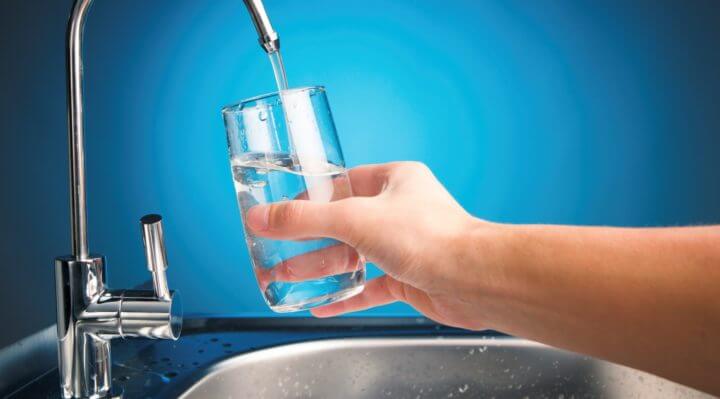As concerns grow over water quality and contamination, many homeowners are turning to water filtration systems to ensure their families have access to the best quality water possible. However, with so many options available, selecting the right system for your home can be overwhelming. This guide will outline important considerations when choosing a water filtration system for home use, helping you make an informed decision.
Assess Your Water Quality Needs
Before investing in a water filtration system, it’s crucial to understand the specific contaminants and impurities present in your water supply. You can obtain a water quality report from your local water utility or have your water independently tested by a certified laboratory. This will help you identify the contaminants you need to target and inform your decision on which filtration system is most suitable for your home.
Understand Different Filtration Technologies
Various filtration technologies are available, each with its strengths and weaknesses. The following are some common types:
Activated Carbon Filters: Effective for enhancing taste and odor, chlorine removal, sediment removal, and volatile organic compound (VOC) removal.
Reverse Osmosis (RO) Systems: Highly effective at removing contaminants like lead, fluoride, nitrates, and pesticides.
Ultraviolet (UV) Disinfection: Efficient at eliminating bacteria, viruses, and other microorganisms without the use of chemicals.
Ion Exchange Filters: Effective for reducing water hardness and removing heavy metals like lead and copper.
Determine the System’s Capacity and Flow Rate
Consider your household’s daily water consumption and the filtration system’s required flow rate. The capacity of the system should match your family’s needs, ensuring you have a consistent supply of clean water. Flow rate is measured in gallons per minute (GPM) and directly affects the water pressure at your taps. Choose a system with a flow rate that can comfortably support your household’s water usage without compromising water pressure.
Choose the Right System Location
Water filtration systems can be installed at various points within your home:
Point-of-Entry (POE) Systems: Installed at the main water line, these systems filter water for the entire house.
Point-of-Use (POU) Systems: Installed at specific locations, like under the kitchen sink or on the countertop, these systems filter water only at that particular point.
Consider the space available in your home and whether you need filtered water for all uses or just for drinking and cooking.
Seek Professional Advice and Installation
Consult with a water treatment professional to help you determine the most appropriate filtration system for your specific needs. They can guide you through the selection process and provide expert installation, ensuring your system operates effectively and efficiently.
The Final Thought
Sticking to the above points will enable you to make an informed decision when selecting a home water filtration system. By investing in a suitable filtration system, you are not only ensuring access to clean and safe drinking water for your family, but you are also promoting long-term health and well-being. Embrace the peace of mind that comes with knowing you have taken an essential step towards safeguarding your family’s health and protecting the environment.


Comments are closed.